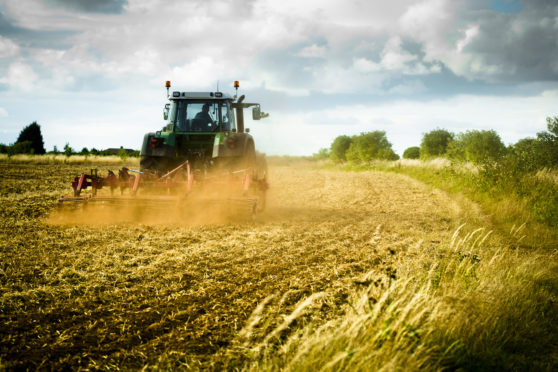Scotland’s farmers have received a wake-up call with the publication of statistics which reveal five people were killed in agricultural accidents in the last 12 months.
The figures compiled by the Health and Safety Executive show 34 people were killed in Scottish farm accidents over a five-year period, giving the country the highest farm fatal injury rate of all UK nations.
Deaths include a 76-year-old self-employed farmer who died from injuries after being crushed by a bull when trying to move him to another field. A 49-year-old farm worker was crushed and killed when a trailer he was working on collapsed while he carried out repairs, and a 62-year-old oyster farmer drowned while wading out to retrieve equipment that had floated away.
Agriculture is notorious for being the most dangerous industry to work in, with a fatal injury rate which is around 18 times higher than the all-industry rate. Insurance expert William Barne, of Lycetts’ Edinburgh office, pointed out agriculture’s fatality rate was more than five times higher than construction, the second most risky industry.
“Farmers face potentially fatal risks on a daily basis, from working with unpredictable animals to potentially dangerous machinery, so protecting personal and employee health should be top priority,” he said.
“Sadly, members of the public, family members and children living on the farm also get caught up in incidents and account for some of the overall deaths.
“There have been great strides with regards to health and safety over the past decades, with the number of fatal injuries to workers in agriculture falling by around half since 1981 – but we still have a huge way to go.”
NFU Scotland’s chief executive, Scott Walker, said the Farm Safety Partnership Scotland is working to reduce the death and injury toll of those working in Scottish agriculture.
He added: “Farm safety is something that should be a priority for everyone working and living on the farm.”
Last week a farmer was jailed for causing the death of a young woman by failing to replace a £75 cover on the drive shaft of a milling machine.
Richard Wade, of Lycetts Risk Management Services, said some deaths were a result of freak accidents, but others were preventable.
nnicolson@thecourier.co.uk







